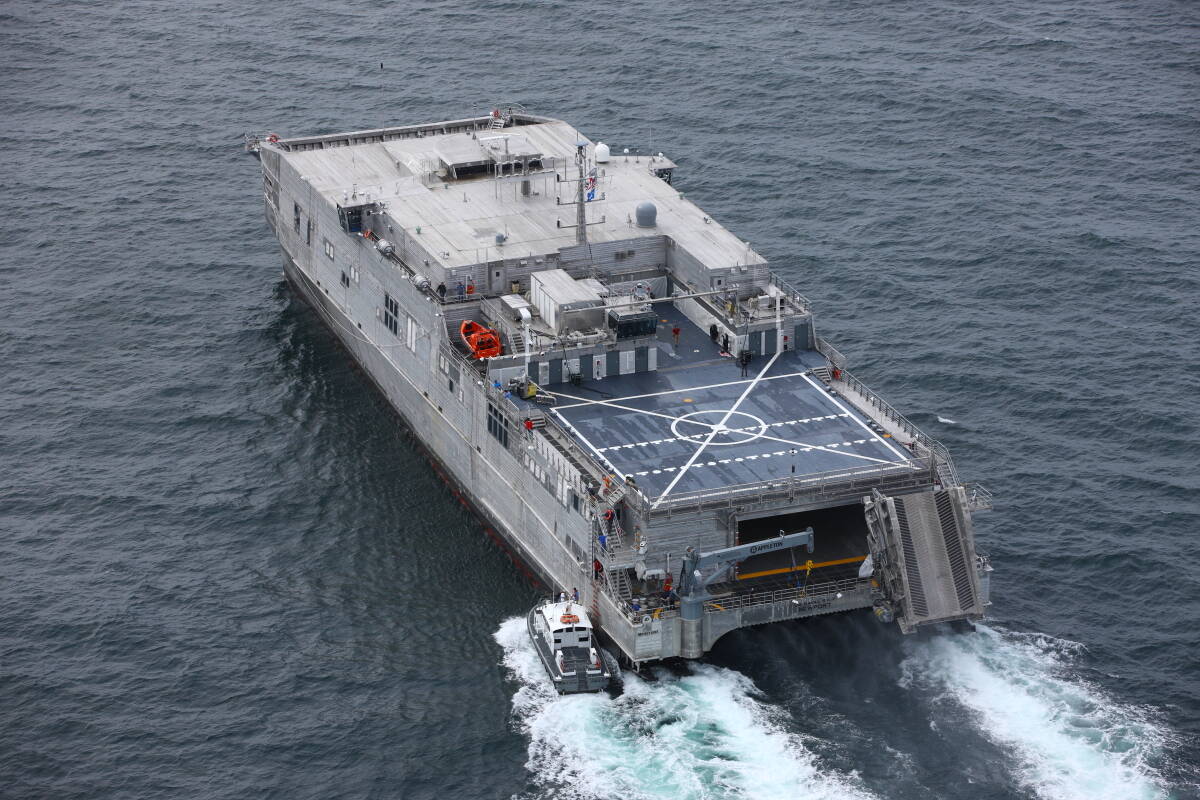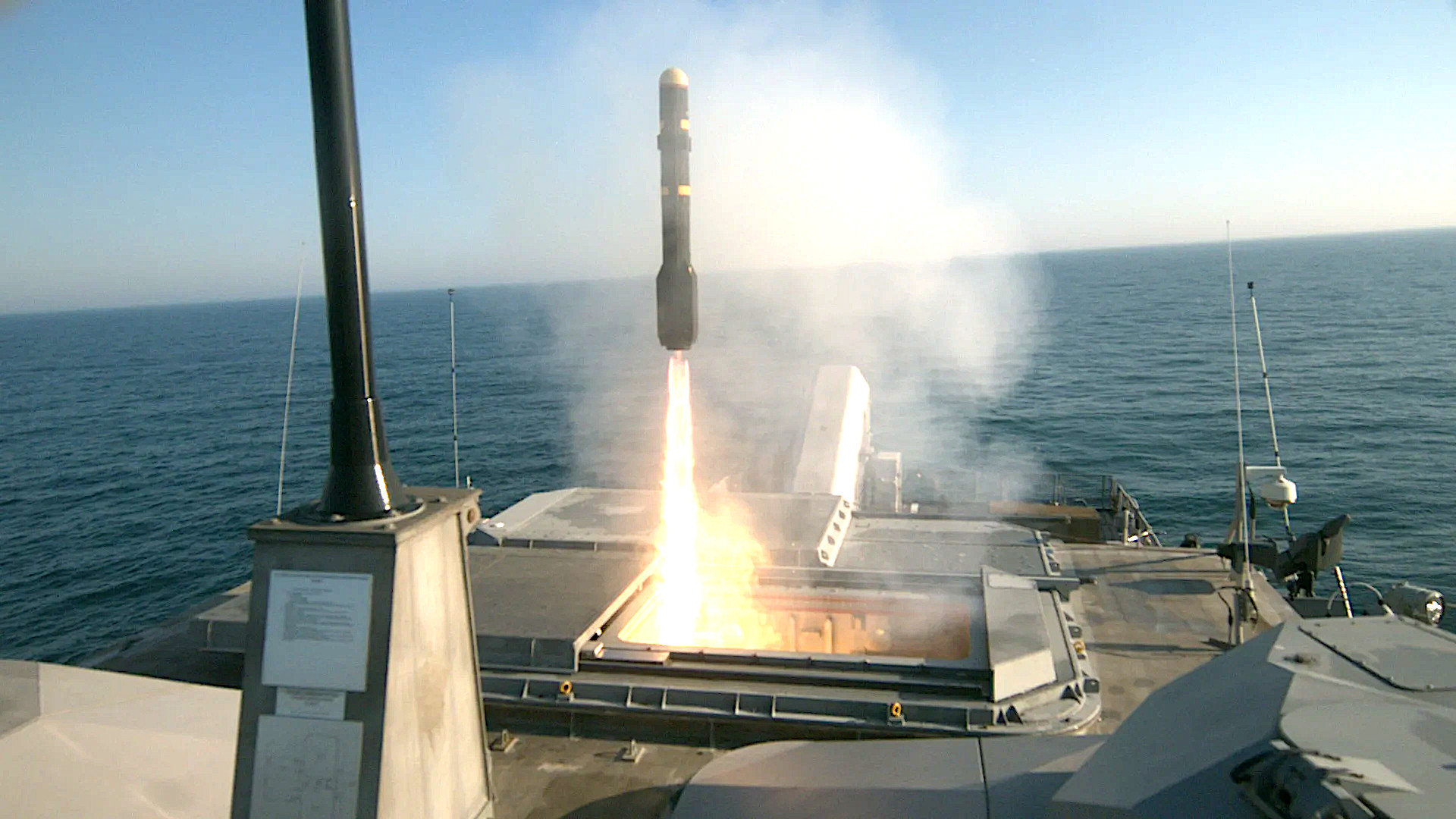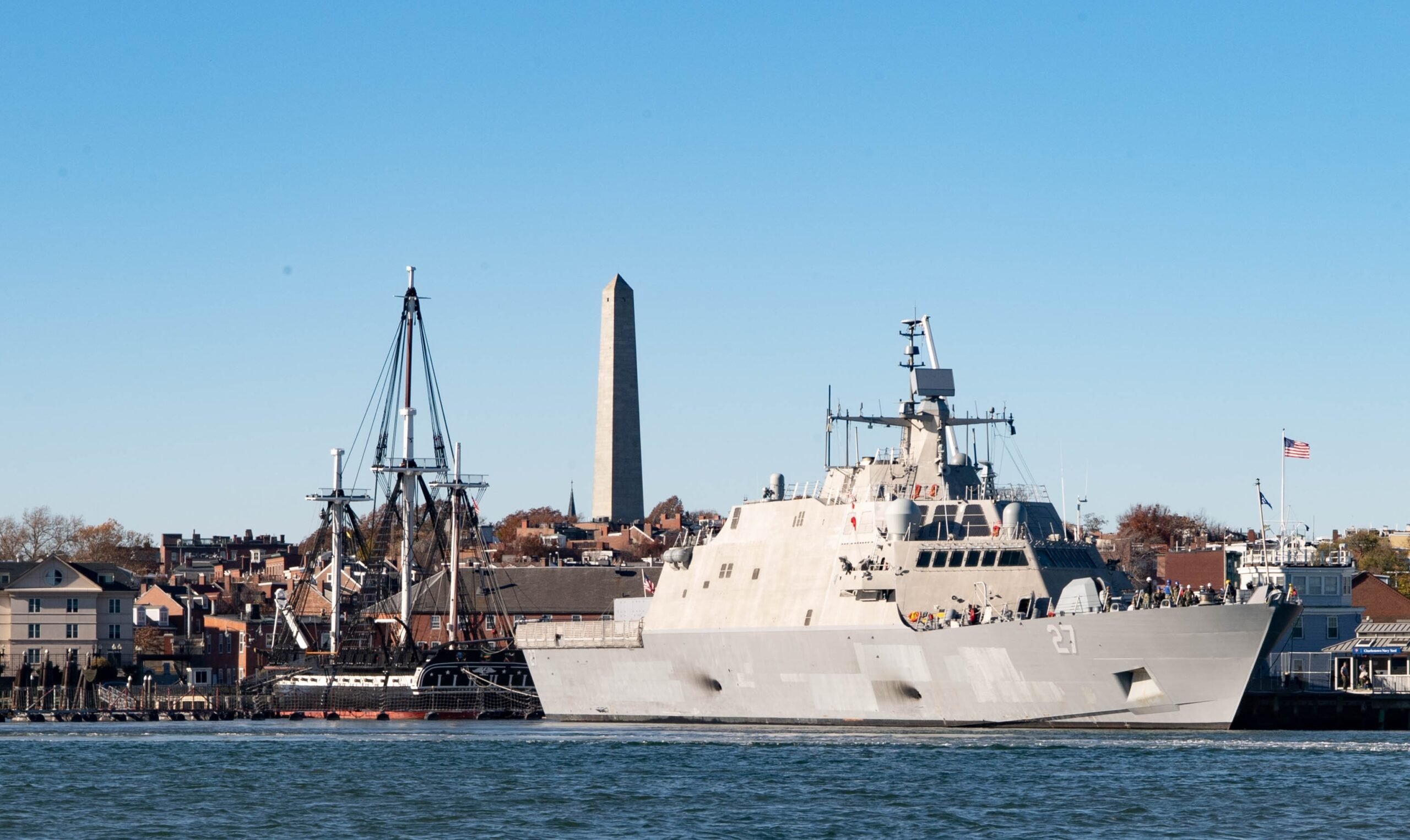The US Navy is turning its war trimarans into minehunters. It’s not before time
Robot boat and laser-eye copter gets the USN some MCM at last
It took a lot longer than it should have, but the US Navy is finally ready to deploy its first new minesweepers in decades.
In December, the crew of the
Littoral Combat Ship USS
Santa Barbara, homeported in San Diego, completed training with a suite of mine-clearing equipment including a 33-foot, sonar-equipped robotic boat and a Sikorsky MH-60S helicopter fitted with lasers for detecting underwater mines – and miniature torpedoes for blowing them up.
Santa Barbara is the third of the 20-foot (Sic)
Independence-class LCSs to get
the mine-countermeasures (MCM) suite but the first planned for deployment, later this year. In all, the Navy plans to add the robotic boat and mine-blasting helicopter to 15 of the 17 LCSs it plans to retain over the long term.
All the trimaran
Independences are based in San Diego, but expect to see them in two eastern theatres: the western Pacific and the Persian Gulf. That’s where the Navy stations its eight existing
Avenger-class minesweepers, which date from the 1980s and are scheduled to decommission no later than 2027. A smaller class of coastal minesweepers left the fleet more than a decade ago, initiating a long period of elevated risk for the Navy as it arguably deployed fewer minesweepers than it needed.


















